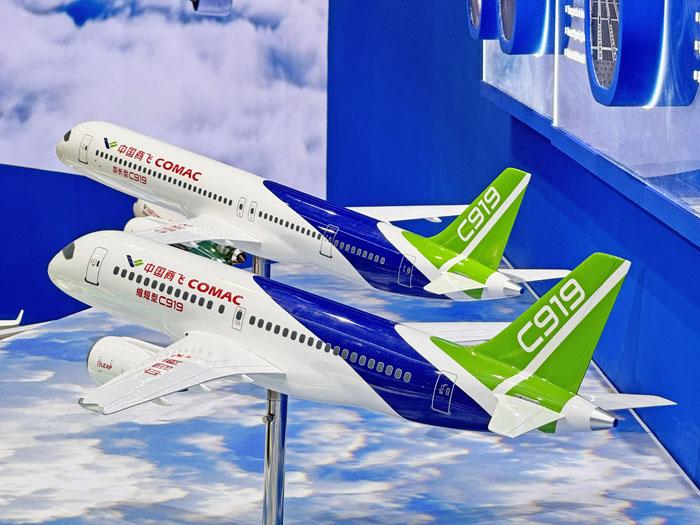
Models of Comac's stretched and shortened C919 variants are displayed on its Singapore Airshow stand.
Credit: Mark Wagner Aviation Images
SINGAPORE—China’s Comac has provided more details of the stretched and shortened variants of its C919 single-aisle family which were first unveiled late last year at the Shanghai International Commercial Aviation & Aerospace Industry Exhibition. Additional insight into the new derivatives emerged at...
Subscription Required
This content requires a subscription to one of the Aviation Week Intelligence Network (AWIN) bundles.
Schedule a demo today to find out how you can access this content and similar content related to your area of the global aviation industry.
Already an AWIN subscriber? Login
Did you know? Aviation Week has won top honors multiple times in the Jesse H. Neal National Business Journalism Awards, the business-to-business media equivalent of the Pulitzer Prizes.
